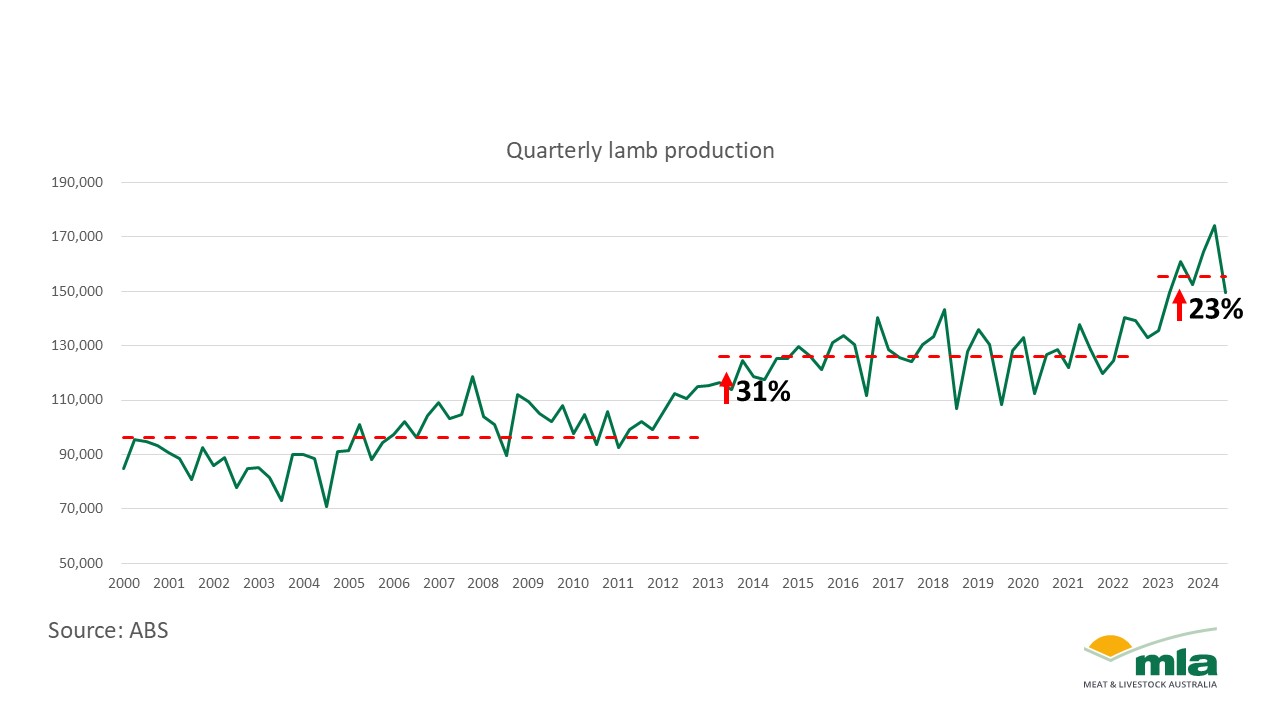New research shows that most areas under a federal government scheme designed to reduce carbon emissions or store carbon don’t protect the habitat of threatened species.
The Australian Carbon Credit Units (ACCU) Scheme was originally launched in 2011 (as the Carbon Farming Initiative) and supports projects that avoid the release of greenhouse gas emissions, or remove and sequester carbon from the atmosphere.
Biodiversity conservation has been a strong plank underpinning the carbon market since inception.
However, the first national assessment of its kind in the world found that species most in need of habitat restoration are the least likely to get it under the ACCU scheme.
Published this week in the scientific journal Nature Ecology and Evolution, James Cook University Adjunct Associate Professor Penny van Oosterzee and PhD candidate Jayden Engert’s shows ACCU Scheme projects are primarily located on marginal arid and semi-arid areas, which support habitats for just 6% of Australia’s threatened species.
“Where ACCU Scheme projects are most needed – in privately owned agricultural land that is cleared of habitat – they are small and few. Yet this is where most of Australia’s threatened species are,” Dr Penny van Oosterzee said.
“The bottom line is the carbon projects are not where threatened species are, so they are doing little for conservation.”
These findings provide important insights for Australia’s world-first legislated market for biodiversity, the Nature Repair Market, which is based on the carbon credits legislation.
“Nature repair projects should learn from this and aim to protect existing vegetation in the populated and productive areas of Australia that would otherwise have been lost, and by restoring vegetation that has been lost in these areas of high species richness,” Dr van Oosterzee said.

“Speeding up the environmental law reform agenda is crucial. Nature repair projects should be underpinned by regulations that prevent further destruction and be aligned with national priorities for biodiversity conservation.”
Dr van Oosterzee warned that government policies that have focused on lowest cost abatement will have a perverse outcome by driving projects to marginal, large low-cost areas that do not overlap the ranges of species threatened by habitat loss.
“Currently ACCU Scheme projects discriminate against small projects that work toward protecting areas of high threatened species richness because of the high cost of restoration,” she said.
“There is, however, a silver lining: where ACCU Scheme projects do occur, they can supplement ³Ô¹ÏÍøÕ¾ Park conservation. ACCU scheme projects overlap the geographic range of a third of the 1660 threatened species, and some threatened species are only protected within those projects.”
Media enquiries: Rohan O’Neil







